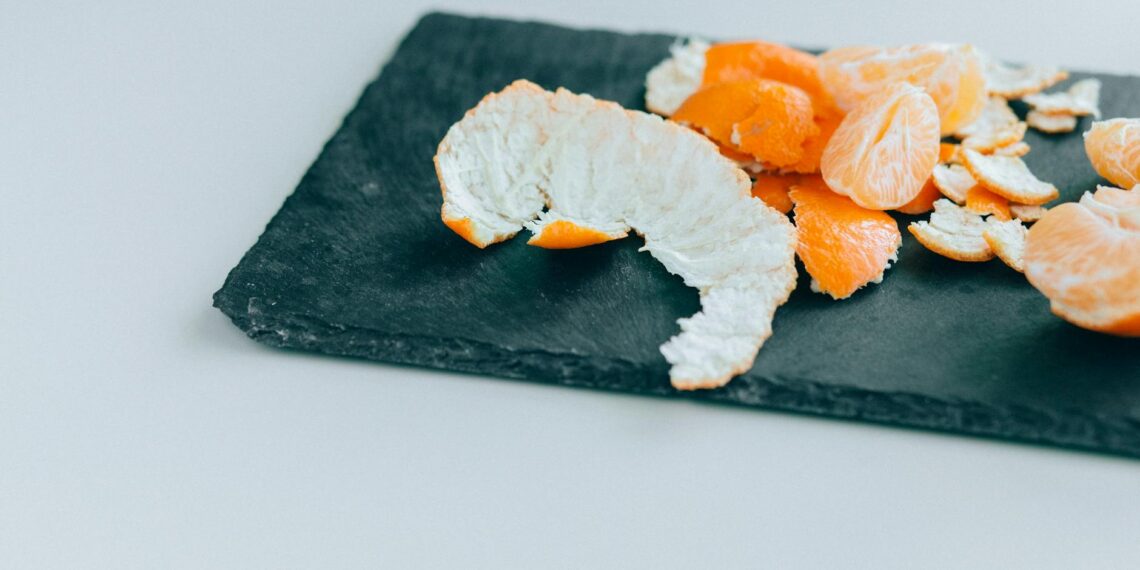Before cleaning, consider the coin’s value and potential collector appeal. Cleaning, especially with abrasive or acidic substances, can reduce its numismatic value. If the coin is particularly valuable or rare, consult a professional coin expert for assessment and cleaning recommendations.
However, if you’ve determined that cleaning your half-dollar is acceptable (for example, if it’s a common coin or its value isn’t a concern), here are some methods for removing dirt and grime, ranging from gentle to more abrasive (use caution with the more abrasive options, as they can cause damage):
- Warm Water & Mild Soap Soak: [According to The Spruce Crafts] , fill a small plastic container (avoid glass, china, or metal) with warm distilled water and add a small amount of mild dishwashing detergent.
- Soak and Agitate: Place the coin in the soapy water and let it soak. Gently rub the coin with your fingers to loosen dirt and grime, avoiding harsh scrubbing or rubbing.
- Rinse Thoroughly: Rinse the coin under warm running distilled water, gently rubbing until all soap residue is gone. [Provident Metals notes] , distilled water is crucial to avoid residue from chlorine or minerals in tap water.
- Pat Dry: Gently pat the coin dry with a soft, lint-free cloth or tissue, [notes The Spruce Crafts] , never rub, as this can cause scratches.
- Baking Soda & Vinegar: According to a wikiHow article, dip the coin in white distilled vinegar for about 30 seconds, sprinkle baking soda on its surface, and gently rub with your fingers. This creates a bubbling reaction that helps loosen dirt.
- Lemon Juice & Salt: Sprinkle salt on the coin’s surface and add a few drops of lemon juice to form a paste. Gently scrub with a soft-bristled toothbrush for a minute or two. The citric acid in lemon juice combined with the abrasive salt helps remove tarnish.
- Hydrogen Peroxide Soak: Submerge the coin in hydrogen peroxide for up to 24 hours to loosen tarnish and disinfect it.
Important warnings
- Never use harsh chemicals like metal polish, abrasive pads, or wire brushes, as these will permanently damage the coin’s surface and decrease its value significantly.
- Avoid using nail polish remover, as it can contain other chemicals besides acetone that may damage the coin. If using acetone, use pure acetone in a well-ventilated area.
- Toning or patina on a coin may be considered desirable by collectors and can increase its value. Removing it will likely decrease its value.
Remember, when in doubt, it’s always best to err on the side of caution and consult with a professional coin dealer or numismatist before attempting any cleaning methods on your half dollar, especially if it has potential numismatic value.









What’s the best way to clean silver coins without damaging them?
Make a solution of half a cup of white vinegar and 2 tablespoons of baking soda. Let your silver sit in it for a couple of hours. Rinse with cold water and air dry it thoroughly.
What is the best way to clean badly tarnished silver?
Simply mix up a bit of dish soap with warm water and dip in a microfiber cloth.
Then, rub the piece of silver – whether it’s jewelry or silverware – with the soapy cloth.
Rinse it with cold water.
Dry with a soft, clean towel.
Buffing with a soft cloth specially made for silver.